How to Use YouTube for Effective Teaching and Learning is very important. YouTube has become an indispensable tool in the modern educational landscape. With its vast repository of videos covering virtually every subject imaginable, it offers unparalleled resources for both teachers and students. When used effectively, YouTube can enhance teaching, support diverse learning styles, and make education more engaging and accessible. This article explores how educators can harness the power of YouTube for effective teaching and learning, providing practical strategies and tips.
The Educational Potential of YouTube
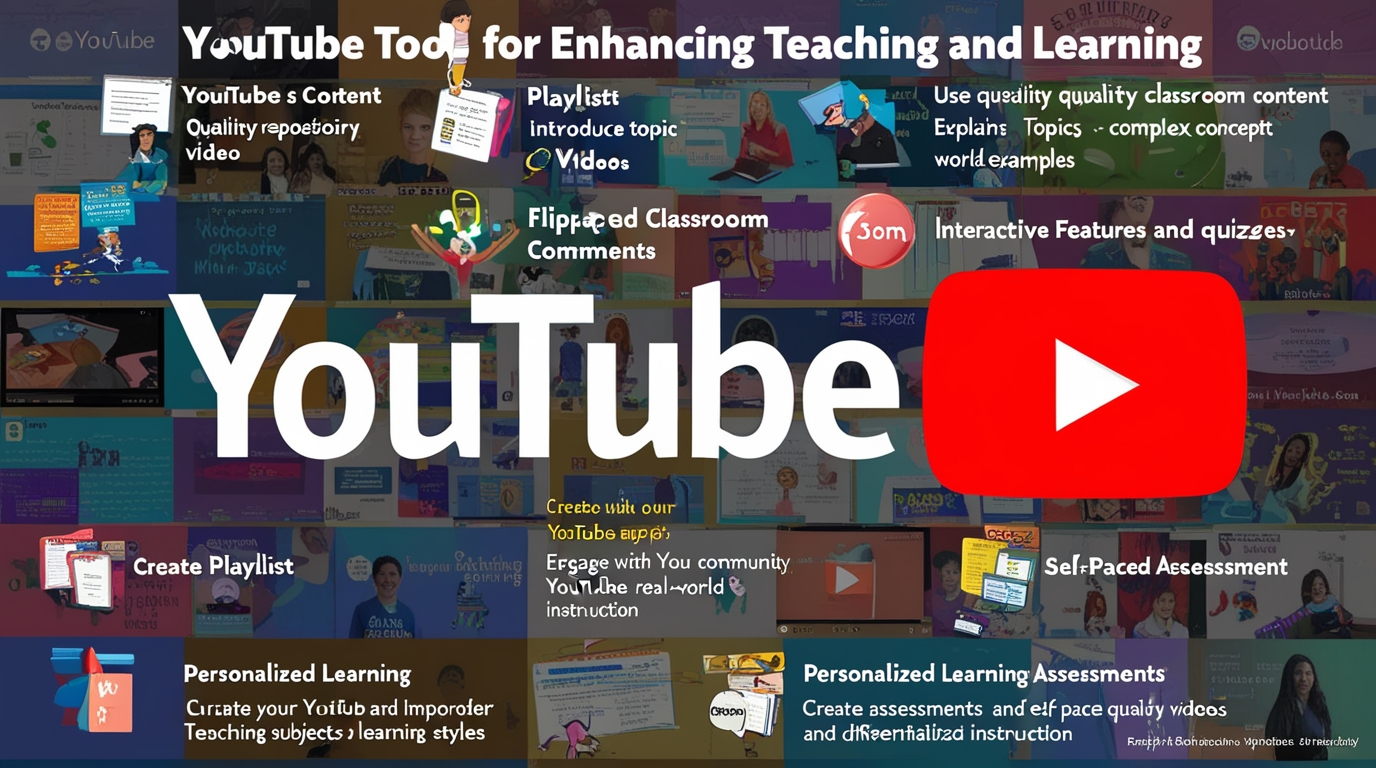
YouTube’s educational potential lies in its ability to provide visual and auditory learning experiences that can complement traditional teaching methods. Here are some key benefits of using YouTube in education:
- Visual and Auditory Learning: Videos cater to visual and auditory learners by providing a dynamic and engaging way to present information.
- Accessibility: YouTube is accessible from any device with an internet connection, making learning possible anywhere and anytime.
- Diverse Content: The platform hosts videos on a wide range of topics, from academic subjects to practical skills and extracurricular interests.
- Interactive Learning: Many educational videos include interactive elements such as quizzes, discussions, and links to additional resources.
- Supplemental Material: Teachers can use YouTube to supplement textbooks and lectures, providing different perspectives and explanations.
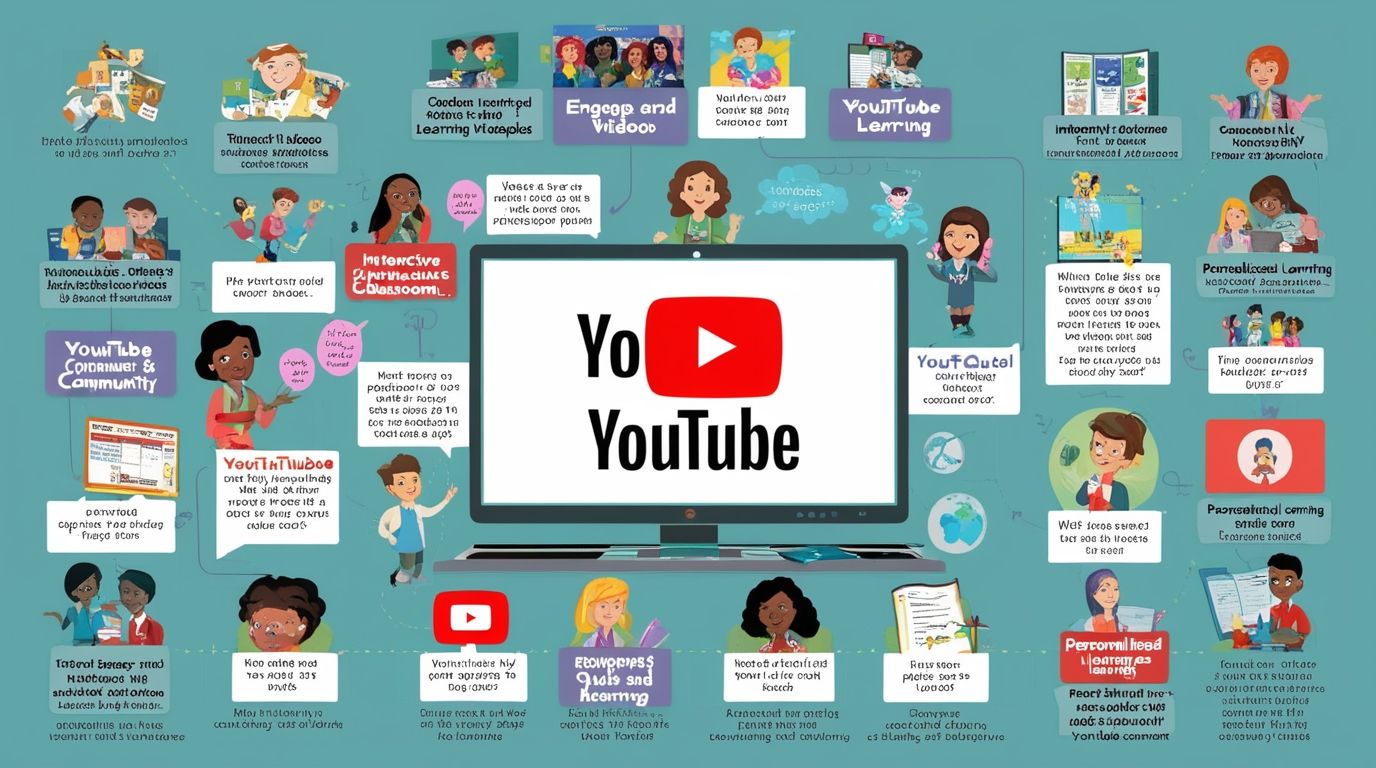
Strategies for Using YouTube in Teaching
- Curating Quality ContentTo ensure that students receive accurate and relevant information, teachers should carefully curate the content they present. Here are some tips for finding quality educational videos:
- Educational Channels: Subscribe to reputable educational channels such as Khan Academy, TED-Ed, National Geographic, and CrashCourse. These channels provide high-quality content that is both informative and engaging.
- Playlists: Create playlists of videos that align with the curriculum. This allows for easy access and organization of content.
- Review and Vet: Watch videos in their entirety before sharing them with students to ensure they are appropriate and accurate.
- Flipped Classroom ModelThe flipped classroom model involves students watching instructional videos at home and then engaging in hands-on activities, discussions, and problem-solving during class time. This approach maximizes classroom interaction and allows for personalized learning. Here’s how to implement it:
- Enhancing Lessons with VideosVideos can be integrated into traditional lessons to illustrate concepts, provide real-world examples, and keep students engaged. Here are some ways to enhance lessons with YouTube:
- Introduction to Topics: Use videos to introduce new topics and spark interest. For example, a short documentary or a TED Talk can provide a compelling introduction to a subject.
- Visual Explanations: Use animations, demonstrations, and simulations to explain complex concepts. For instance, videos on scientific experiments or historical events can bring these subjects to life.
- Guest Speakers: Use interviews and lectures from experts to provide students with diverse perspectives and insights.
The Educational Potential of YouTube
- Interactive and Collaborative LearningYouTube can facilitate interactive and collaborative learning experiences. Here’s how to make use of its interactive features:
- Comments and Discussions: Encourage students to engage in discussions by commenting on videos. This can foster critical thinking and allow students to share their insights and questions.
- Interactive Videos: Utilize interactive videos that include quizzes and polls to assess student understanding and keep them engaged.
- Group Projects: Assign group projects that require students to create their own videos. This encourages creativity, collaboration, and a deeper understanding of the subject matter.
- Personalized LearningYouTube offers opportunities for personalized learning, allowing students to learn at their own pace and explore topics of interest in greater depth. Here’s how to facilitate personalized learning with YouTube:
- Self-Paced Learning: Provide students with a list of recommended videos and let them choose which ones to watch based on their interests and learning needs.
- Differentiated Instruction: Offer videos at varying levels of difficulty to cater to different learning abilities. This ensures that all students can access content that is appropriate for their skill level.
- Extra Resources: Share additional resources for students who want to delve deeper into a topic or need extra help understanding a concept.
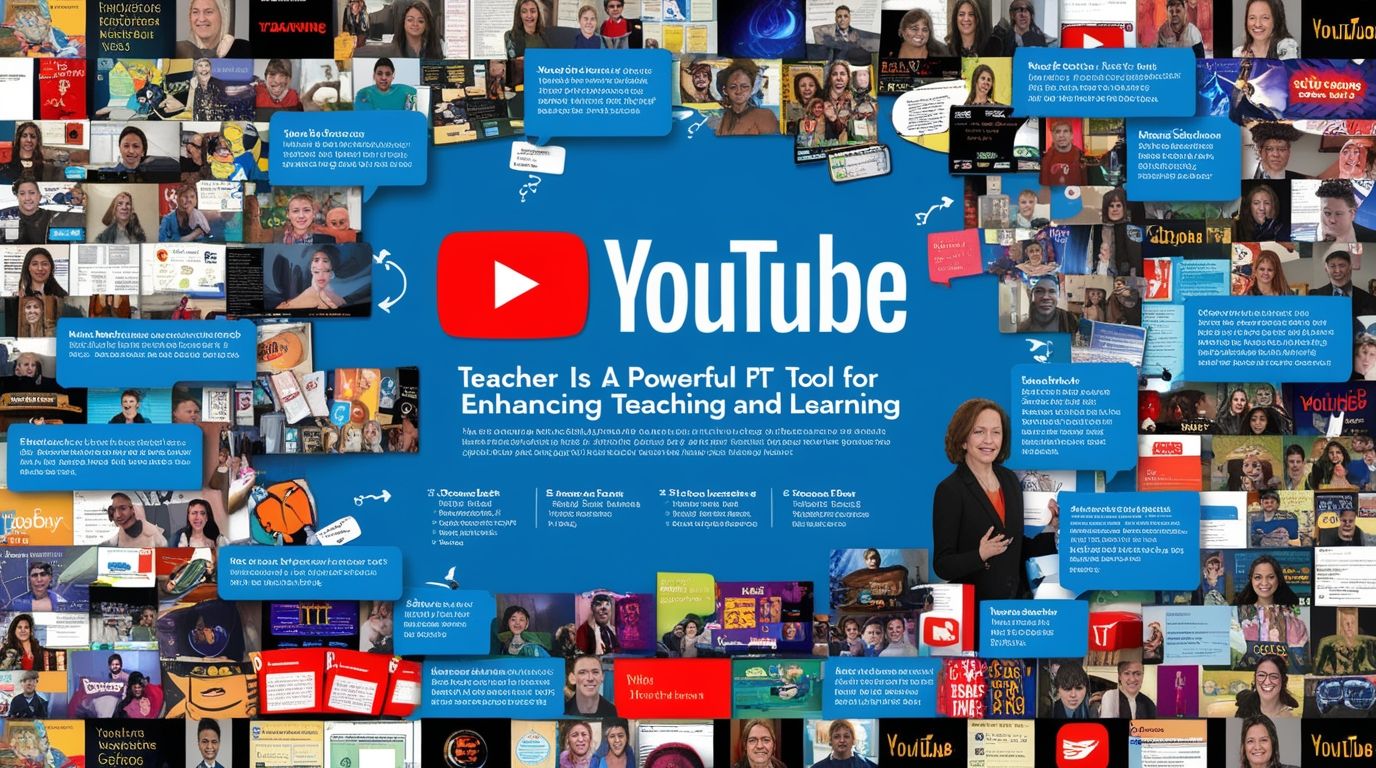
Tips for Effective Use of YouTube in Education
- Create and Share PlaylistsPlaylists are a great way to organize content and ensure that students have easy access to a sequence of videos. Here’s how to make the most of playlists:
- Thematic Playlists: Create playlists based on themes or units of study. This helps students see the connection between different videos and topics.
- Sequential Learning: Arrange videos in a logical order to facilitate progressive learning. Start with introductory videos and gradually move to more advanced content.
- Share Playlists: Share playlists with students via email, class websites, or learning management systems. This ensures that all students have access to the same resources.
- Engage with the YouTube CommunityEngaging with the YouTube community can provide additional support and resources for both teachers and students. Here’s how to get involved:
- Join Educational Channels: Subscribe to and follow educational channels that align with your teaching goals. This keeps you updated on new content and resources.
- Participate in Discussions: Comment on videos, participate in discussions, and encourage students to do the same. This can provide valuable insights and foster a sense of community.
- Share Your Own Content: If you create your own educational videos, share them on YouTube. This can contribute to the wider educational community and provide additional resources for your students.
Tips for Effective Use of YouTube in Education
- Incorporate AssessmentsAssessments can help measure the effectiveness of YouTube as a teaching tool and ensure that students are learning the material. Here are some ways to incorporate assessments:
- Quizzes and Tests: Use quizzes and tests to assess students’ understanding of the video content. Many interactive videos include built-in quizzes, or you can create your own using tools like Google Forms.
- Reflections and Essays: Assign reflective writing tasks or essays based on the videos. This encourages students to think critically about what they’ve learned and articulate their understanding.
- Peer Reviews: Have students review and provide feedback on each other’s video projects. This promotes critical thinking and helps students learn from their peers.
- Addressing ChallengesWhile YouTube is a valuable educational tool, there are challenges that educators must address:
- Quality Control: Ensure that the videos you use are accurate, appropriate, and high-quality. Avoid videos with misleading or incorrect information.
- Distraction Management: Help students stay focused by providing clear guidelines on how to use YouTube for educational purposes. Encourage them to avoid unrelated videos and comments.
- Accessibility: Ensure that all students have access to the necessary technology and internet connection. Provide alternatives for students who may have limited access.
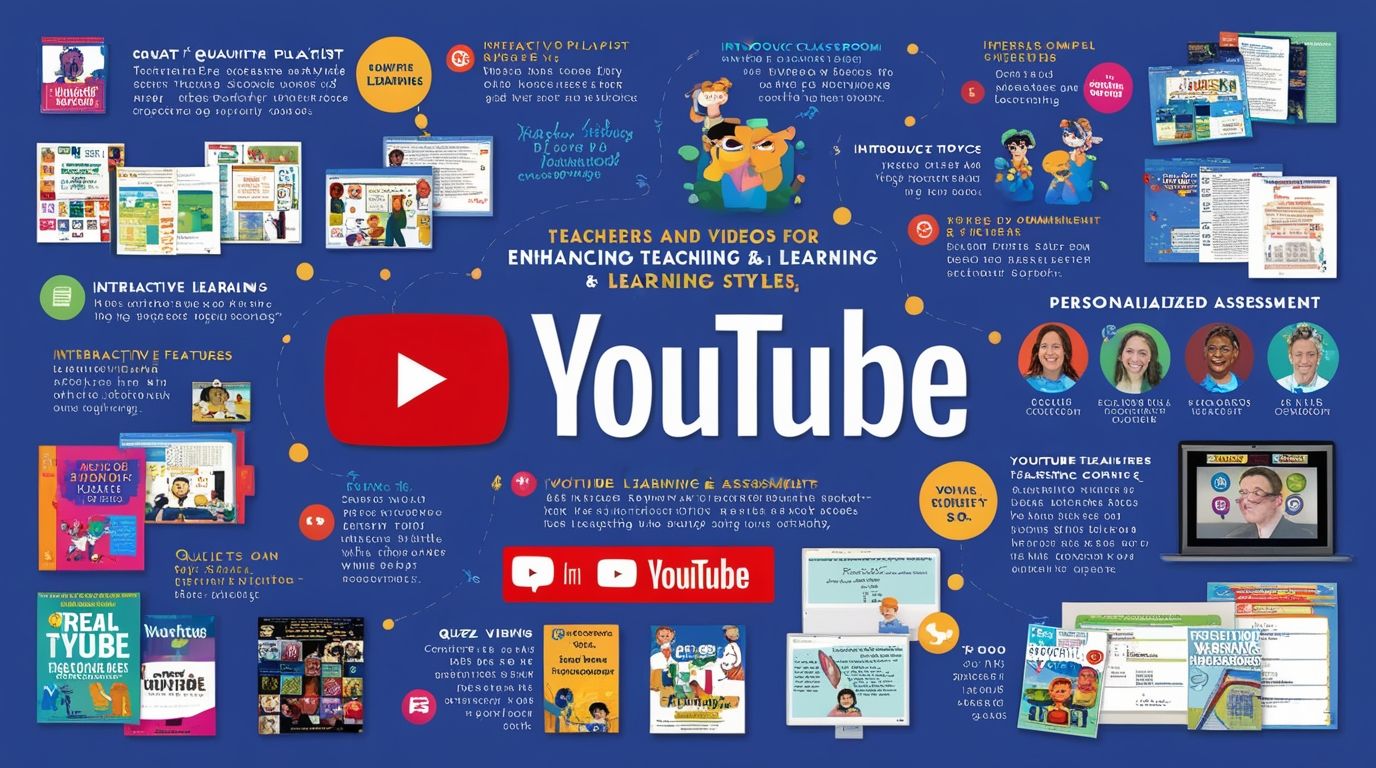
Conclusion
YouTube offers a wealth of opportunities for enhancing teaching and learning. By curating quality content, implementing flipped classroom models, integrating videos into lessons, fostering interactive and collaborative learning, and facilitating personalized learning, educators can make the most of this powerful platform. Additionally, creating playlists, engaging with the YouTube community, incorporating assessments, and addressing challenges can help ensure that YouTube is used effectively and responsibly in the classroom. As technology continues to evolve, YouTube will remain a valuable resource for educators, providing innovative ways to engage students and enrich their learning experiences.
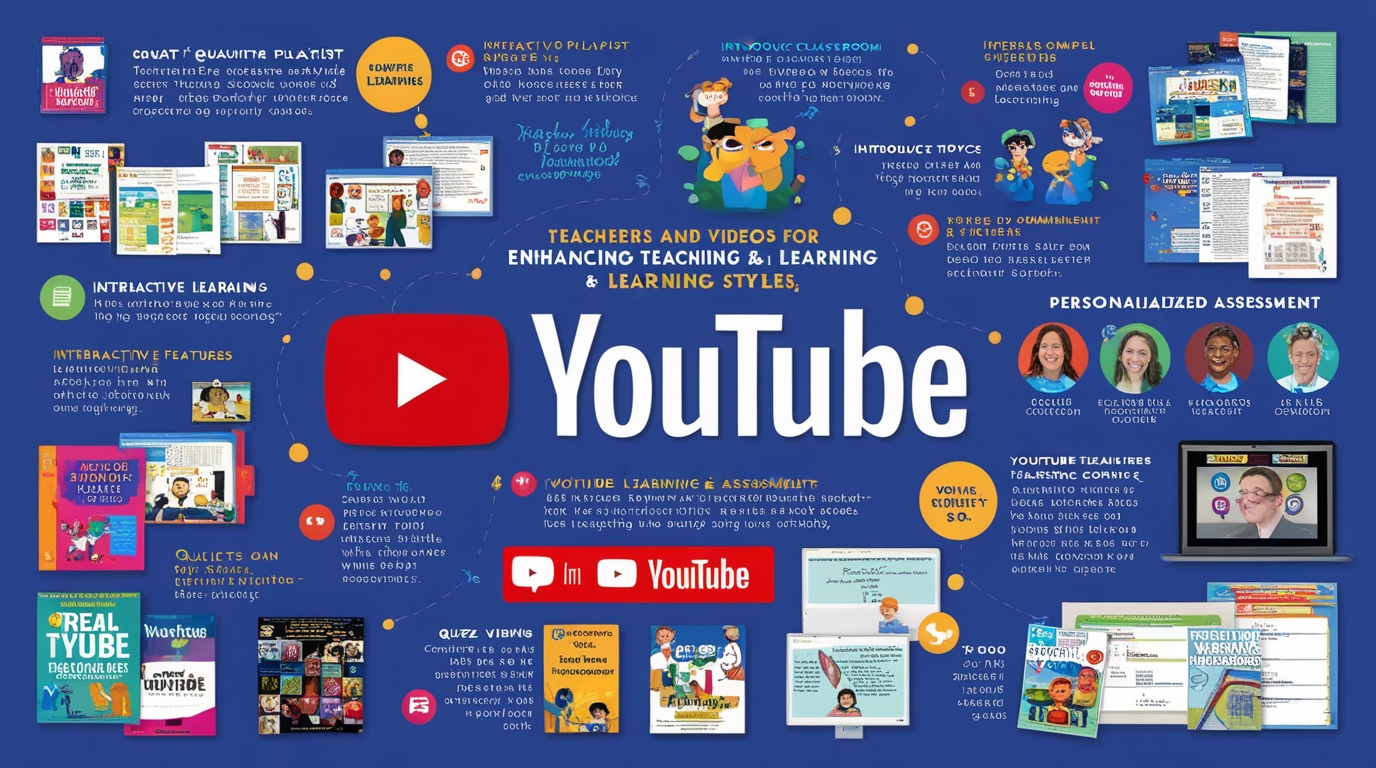
Unquestionably imagine tyat which you stated. Your favorite reason appeared to be on the
internet the easiest factor too take into accout of. I say
to you, I definitely get annoyed even as folks think about worries that hey
just don’t know about. You managed to hit the nail upon the top as smartly as defined out the whole thing
without having side-effects , other people could take a signal.
Wiill probably bbe again to get more. Thanks https://odessaforum.biz.ua/
Unquestionably imagine that whifh you stated. Your favorite reason appeared to be on the internet the easiest factor to
take into accout of. I say too you, I definitely
get annoyed even as folks think about worries that they
just don’t now about. You managed tto hit the nail upon the top as smartly ass
defined out the whole thing without having side-effects , other people could take a signal.
Will probably be again to get more. Thanks https://odessaforum.biz.ua/